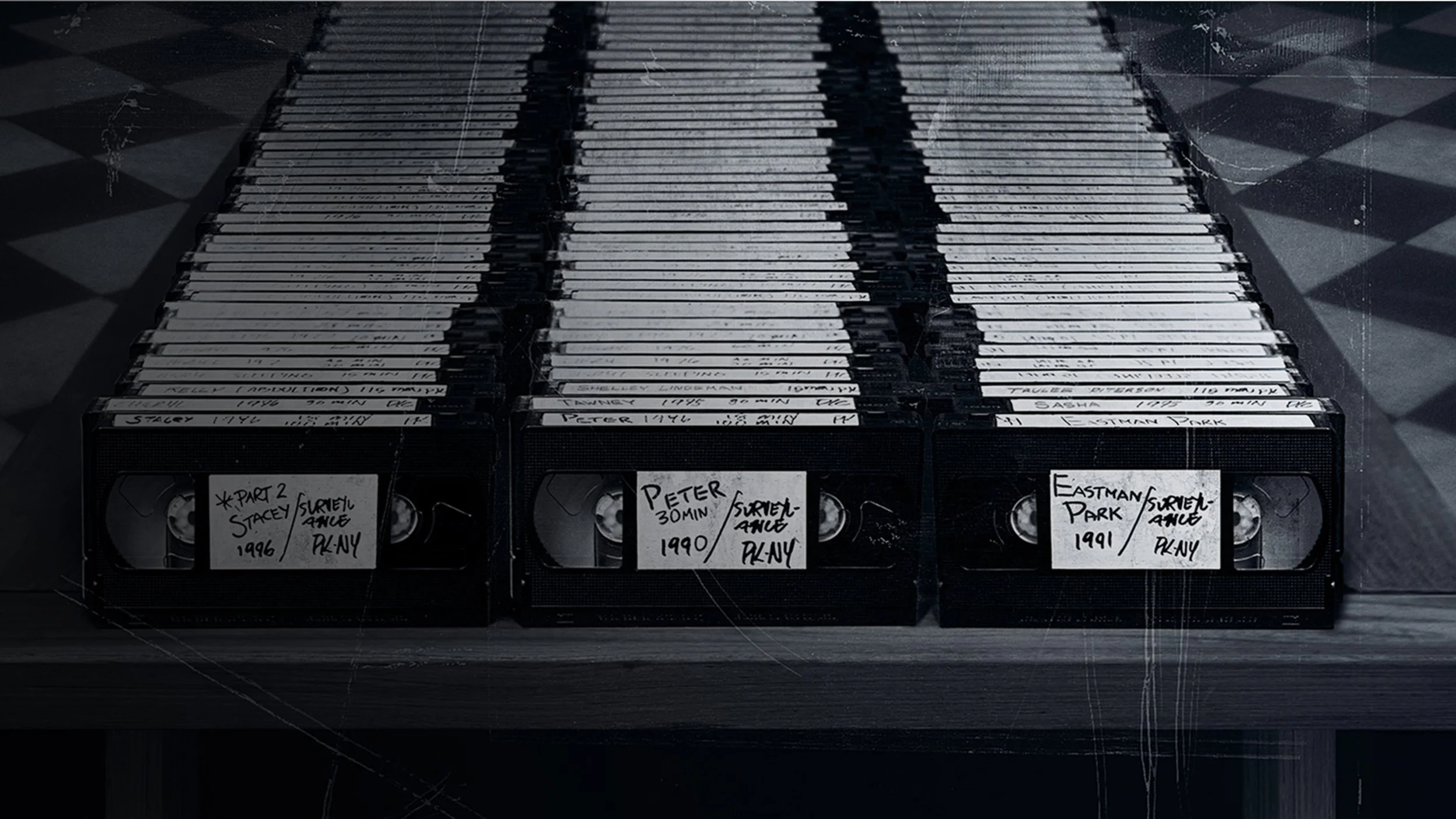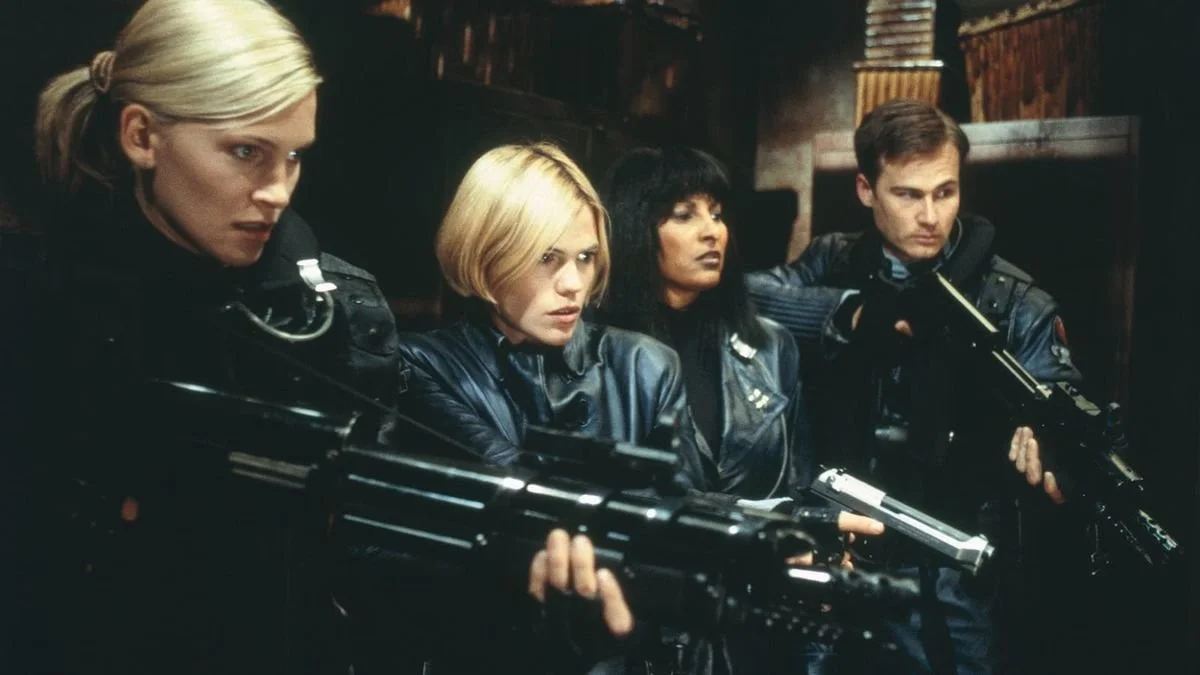Review: Cemetery of Splendour (2015)
Cemetery of Splendour and many of the other films of Apichatpong Weerasethakul embody the liminal potential of cinema better than any director save David Lynch. However, unlike Lynch, “Joe” (as Apichatpong is affectionately known) broadens the definition of dream and reality to encompass the past and the present, especially the ways that politics and past events interact with our lives in spiritual ways. Lynch may be inspired by the Eastern-influences of Transcendental Meditation, but Joe is no mere convert to a karmic philosophy; as a Thai person, the karmic drift of reality is an intrinsic part of his worldview. Thus, his 2015 film Cemetery of Splendour, like his Palme d’Or-winning Uncle Boonmee Who Can Recall His Past Lives (2010), is not only an enchanting dreamlike fable but also a profound presentation of the Thai perception and understanding of reality.
Cemetery of Splendour focuses on a sleeping sickness that infects a group of soldiers in Northeastern Thailand, and particularly the relationship between a volunteer nurse, Jen (played by frequent collaborator, Jenjira Pongpas), and Itt (Banlop Lomnoi), an infected soldier with no family to care for him. Many scenes delve into Jen and Itt’s growing relationship and their creation of a makeshift family unit, but Joe isn’t so much interested in narrative as a way to mine dramatic conflict, but more as an avenue to explore themes in recognizably emotional ways.
Thus, in some scenes Joe will touchingly focus on Jen and Itt’s emotional connection whether over a picnic or at an outing to a night market, but more often, Joe will hold on a wide shot of the clinic, with the men sleeping in their beds next to strange tubes that glow with gentle neon light, or show a few minutes of construction work outside the clinic. He favours long takes, wordless sequences, and the absence of music or sound effects. He often has one image bleed into the next and rarely lets the editing speak in anything more than a whisper, as if to harshly cut between two images would wake the viewer from his film’s spell.
This gentle approach proves critical to the presence of the surreal and the drift between the spirit world and our own, since many of the film’s concepts would become campy or absurd with a more rigid approach to storytelling. For instance, in one scene, we discover that two young Thai women speaking to Jen are actually spirits of two princesses who are thanking her for leaving gifts at their altar, but their appearances and the polite interaction between them and Jen does nothing to indicate that they’re anything more than people; it’s the disconnect between their physical appearance and what they’re saying that creates the mysterious atmosphere and indicates the presence of the spiritual. These women are not flashy depictions of the spirit world—they even lack the otherworldly form of the monkey spirits in Uncle Boonmee—but that doesn’t detract from the film’s effect, since it is operating largely as metaphor.
That’s not to say Joe forgoes all visual flourishes in depicting the dynamic between dream and waking. In the film’s most stunning sequence, the neon tubes in the clinic turn pink and green and blue before Joe gently cuts to a series of places around town where the colours of the tubes seem to have spread into the world, with these environments shifting between the neon colours of the tubes themselves. The scene shows how dreams can bleed into reality, which speaks into the film’s entire thesis about the malleable barrier between waking and dreaming, the spirit world and the physical one.
Conversations between the characters extend this dynamic into the relationship between the past and the present. We learn how the clinic was built on an old cemetery and are reminded that nothing stays buried, which speaks to the film’s karmic influence and the Thai conception of life as cycles and repetitions, not a linear progression from beginning to end as in western philosophy. Of course, not every image in Cemetery of Splendour is a metaphor waiting to be unpacked; when we watch a giant mycelium invade a lovely image of a blue sky, we’re not expected to grasp its meaning, but accept its mystery.
Many viewers will approach Cemetery of Splendour as a social, political, and spiritual lens into Thai life, and they won’t be wrong. The film captures the truth that cinema can allow us to experience a conception of the world totally foreign to our own. But I am more drawn to the film as a lucid dream, a 122-minute experience that illuminates intrinsic truths about life’s mysteries without imposing strict definitions of their meaning. Thus, like many works of David Lynch, the film captures the contours of a dream, one that allows us to emotionally experience truths about the world in ways that often elude us in more rational realms.
8 out of 10
Cemetery of Splendour (2015, Thailand)
Written and directed by Apichatpong Weerasethakul; starring Jenjira Pongpas, Banlop Lomnoi, Jarinpattra Rueangram, Petcharat Chaiburi.



Kiyoshi Kurosawa’s 2001 J-horror film predicted the new millennium in terrifying ways.